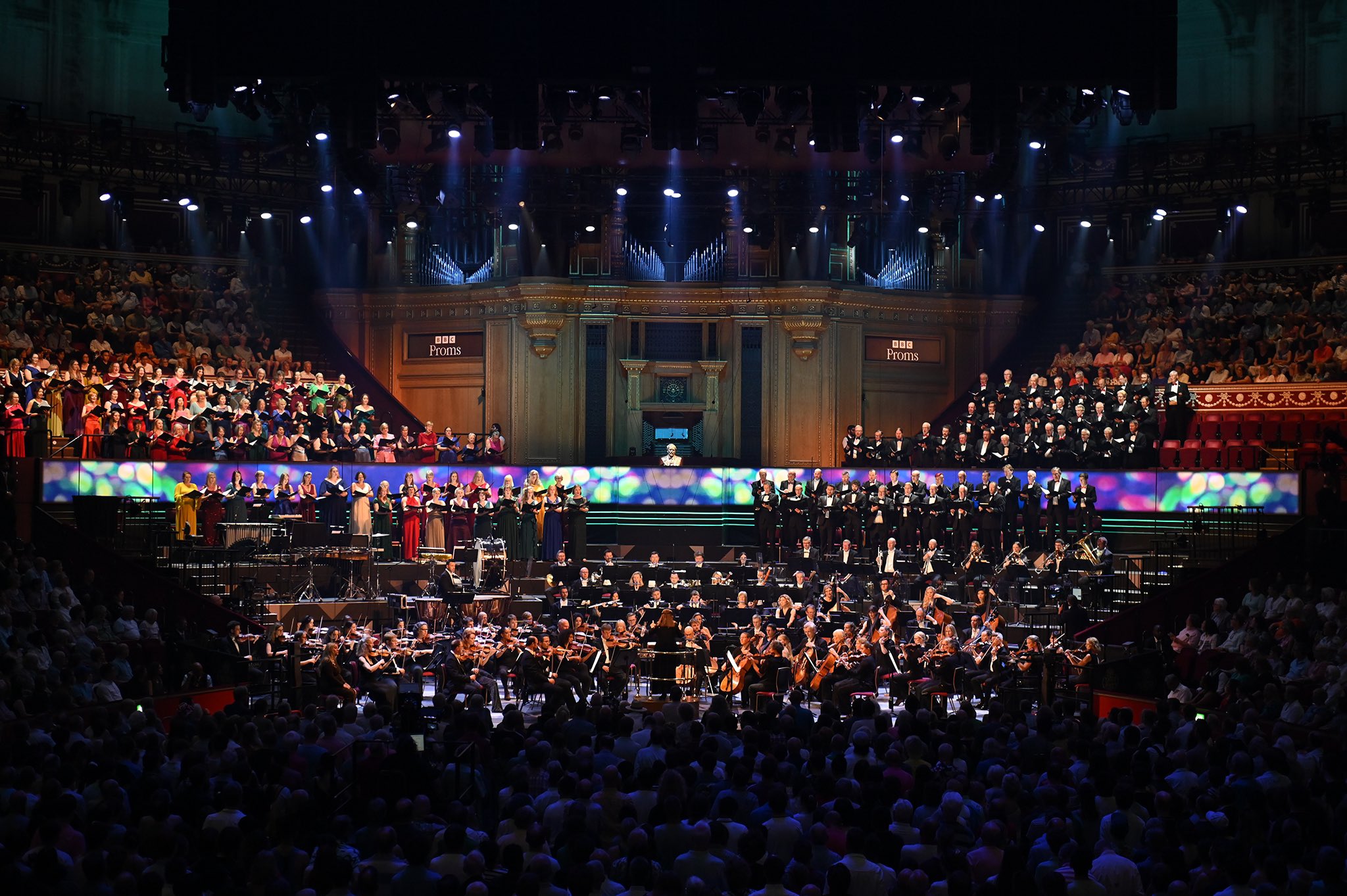A fun new release from Isata Kanneh-Mason out on Decca later this week unites Debussy’s Children’s Corner and Schumann’s Kinderszehen with Dohnanyi’s Variations on a Nursery Song under the title of ‘Childhood Tales’.
Debussy’s well-loved suite of six solo piano pieces paints evocative pictures fronted by Doctor Gradus ad Parnassum – a short piece that tests the pianist’s virtuosity and fluidity at the keyboard. My recollections of tackling the piece when I was studying piano as a teenager prompt me to conclude that there is really only one way to play this and that’s as fast as possible – slow, sedate and thorough really doesn’t cut it. Isata breathes life into the two minute virtuosic excursion. The fourth movement – The Snow is Dancing – is a captivating musical picture.
The Schumann Kinderszenen collection of 13 miniature pieces is packed full of recognisable melodies. Isata brings a youthful freshness to the most well-known like Von fremden Landern und Menschen and Bittendes Kind, successfully avoiding self-indulgence or knowingness; Traumerei combines gentility with childlike joy.
Isata Kanneh-Mason’s trademark assiduousness is evident in the Mozart 12 Variations on ‘Ah, vous dirai-je Maman’, something which keeps the energy up in many of the chattering variations, especially number six.
Depending on your age or nationality, Dohnanyi’s Variations on a Nursery Song takes ‘Ah, vous dirai-je Maman’ or ‘Twinkle Twinkle Little Star’ as the theme for a 25 minute rip-roaring ride through various entertaining musical treatments. This early work showcases Dohnanyi’s playfulness right from the off. The overstated ominous introduction deliciously subverts expectations preparing the way for the nursery rhyme theme, complete with sardonic plucked harmonies in the strings means this opening statement still raises a smile despite me having first heard this back in 1997 on a recording by the BBC Philharmonic and Howard Shelley.
Written in 1914 fifteen years after Dohnanyi had completed his studies at Budapest Academy, the variations celebrate two of the abilities Donhnanyi successfully established his international reputation on – his considerable keyboard technique and his deft orchestrations. There is evidence of parody in every variation, Dohnanyi imitating many of the composers who would have been familiar to audiences in 1914 (listen out for hints to Dukas Sorcerer’s Apprentice or Saint-Saens Danse Macabre in Variation 8). This variety of styles helps maintain interest throughout the twenty minute piece.
Isata Kanneh-Mason and conductor Domingo Hindoyan maintain a nimbleness throughout the variations, but this is especially noticeable in the third movement, shifting from heart-pumping exuberance to luxuriant expressiveness when the mood takes them. The extended Variation 10 – the longest variation in the complete work – prepares us for the concluding two variations with a brooding musical idea that engulfs the orchestra, the pianist provides a delicate decoration on top. In the final variation there is a motoring spirit to be heard in Isata Kanneh-Mason’s keyboard technique which conveys confidence and solidity, matched by an attention to detail in the various decorative flourishes in the orchestral score sometimes missing in earlier recordings.
This recording captures a work that has featured in many of Kanneh-Mason’s concert programmes in the 22/23 season including with the BBC Scottish Symphony and Royal Liverpool Philharmonic. She performs it in Duisburg later in June 2023.



